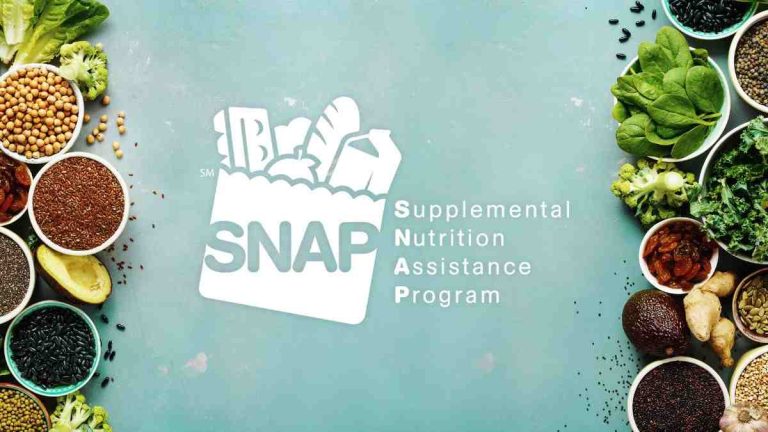BIG UPDATE: How to receive nearly $1,000 a month for minors from Social Security
If you have children living in the United States, they may be eligible to receive up to $943 per month through the Supplemental Security Income (SSI) program administered by the Social Security Administration (SSA). This financial support is designed to assist children with disabilities from families with limited income and resources.
What is Supplemental Security Income (SSI)?
The SSI program provides crucial financial assistance to help cover essential needs such as food, housing, clothing, and medications. Approximately one million children benefit from SSI each month. While the maximum payment for 2024 is $943 per month, the actual amount may vary based on the family’s income and financial situation.
Eligibility Requirements for SSI
To qualify for SSI, children must meet specific criteria set by the SSA. These requirements fall into two categories: non-medical and medical.
Non-medical Requirements
The SSA evaluates the family’s income and resources as a primary step in determining eligibility. This process, known as “deeming,” involves assessing the earnings and assets of the child’s parents, and if applicable, step-parents or guardians residing in the same household. However, the income of other family members not directly responsible for the child is not considered.
What Income and Resources are Considered?
The SSA reviews the following factors:
- Parental Earnings or Work-Related Income: This includes wages, salaries, and other earnings.
- Other Sources of Income: Pensions, benefits, and any other sources of financial support.
- Family Assets: Property, savings, and other assets.
If the family’s income and resources fall within the limits established by the SSA, the application will proceed to the medical requirements review.
Medical Requirements
To be eligible for SSI, a child must have a disability that meets the SSA’s criteria. Specifically, the child must have a medical condition that results in “marked and severe functional limitations” and meets one of the following:
- Expected Duration: The condition is expected to last for at least 12 months, or
- Potential to Cause Death: The condition is one that could lead to death.
What Are “Marked and Severe Functional Limitations”?
“Marked and severe functional limitations” refer to significant difficulties caused by the disability that impair the child’s ability to perform everyday activities. The SSA maintains a list of conditions that automatically qualify, including serious illnesses like certain types of cancer or severe genetic disorders.
Compassionate Allowances: A Faster Path to Assistance
The SSA offers a fast-track option known as compassionate allowances for certain severe conditions. This expedited process helps families dealing with terminal or severe chronic illnesses receive financial assistance more quickly, reducing the waiting time for necessary support.
How to Apply for SSI for Minors
To apply for SSI, you will need to submit a detailed application to the SSA, including:
- Proof of Income: Documentation for parents or guardians.
- Family Assets: Records such as bank statements.
- Medical Documentation: Certificates outlining the child’s disability and its severity.
The application process can take several weeks or months. Once approved, SSI payments are made regularly and may be retroactive to the application date.
Also Read: BIG CASH – Robinhood Agrees to $3.9M Settlement with California on Crypto Disputes






